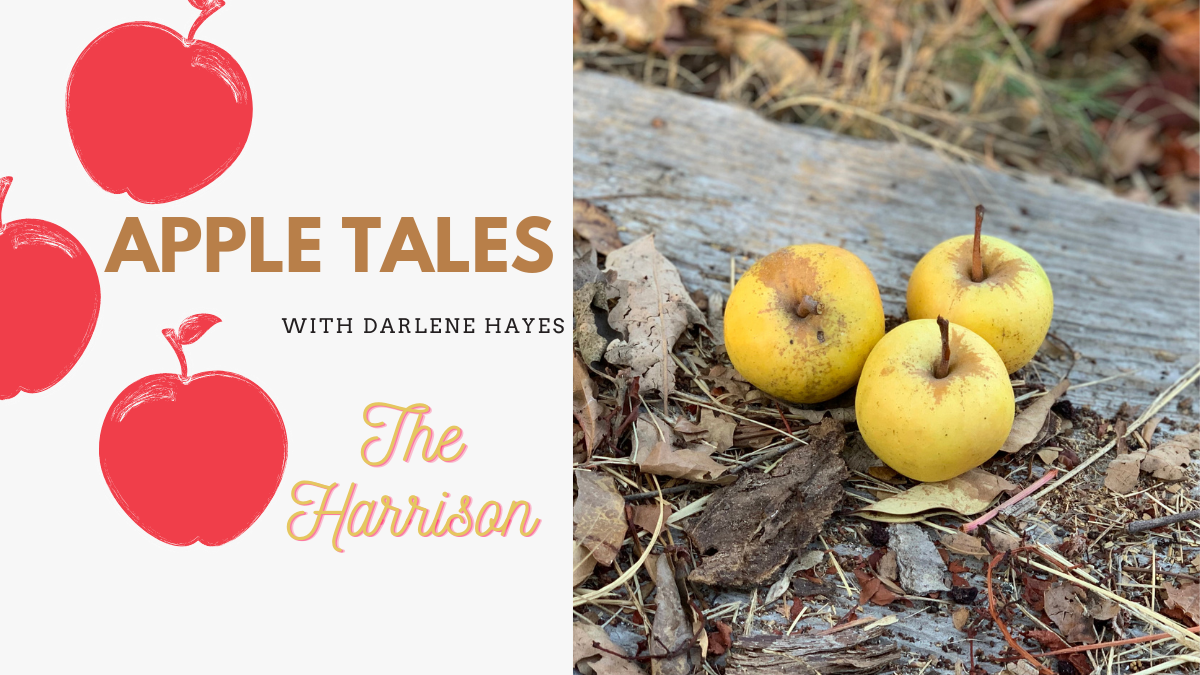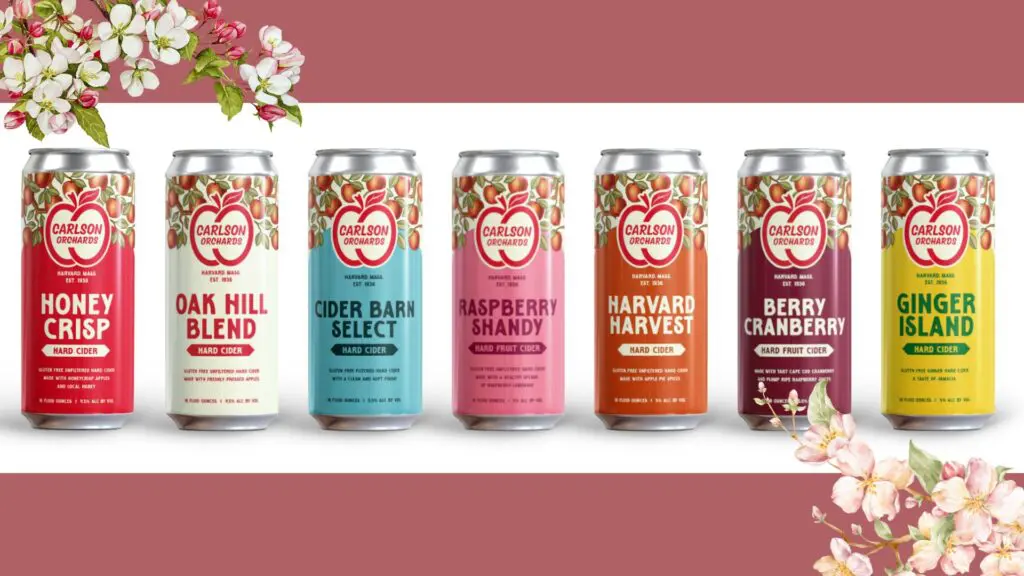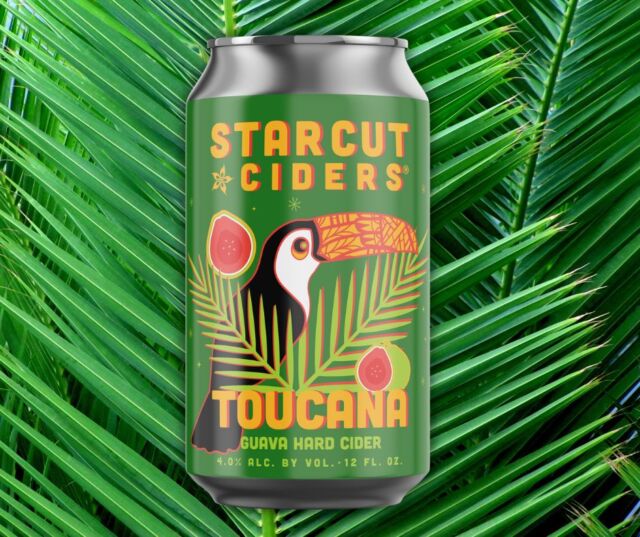We are seeing more and more ciders on the market made with a single variety of apple these days. Many of these varieties are not the ones we see in the typical grocery store, so where did they come from, and what can they bring to the cider experience? This is the first in a monthly series called “APPLE TALES” that will explore just that, beginning with the Harrison.
There was a time in the 19th century when the Harrison apple was one of the most famous cider apples in America. It takes its name from Samuel Harrison (1684-1776) whose family arrived in 17th century Massachusetts and eventually ended up in northern New Jersey around the newly founded town of Newark.
Samuel Harrison was an enterprising sort, owning not only extensive lands but the area’s only sawmill, a fulling mill, a blacksmith and carpenter’s shop, a boat that ferried people and goods between Newark and New York City, and, later in life, a cider mill. Some time around 1713, he got a large number of seedling trees and planted them on land he owned in what is now West Orange.
By the luck of the draw, one of these seedlings turned out to be a superior apple for cider. Exactly when this was recognized is lost to history. The first written accounts appeared in the early 19th century in books by Anthony Willich and William Coxe. “The shape is rather long,” Coxe wrote, “ . . . the skin is yellow, with many small but distinct black spots, which give a roughness to the touch . . .” Both authors describe the cider as “clear, high colored, rich, and lively” and “and of great strength commanding a high price in New-York, frequently ten dollars and upwards per barrel. . . .”
Harrison’s reputation spread. Ads for Newark Cider made from Harrison apples (or simply Harrison Cider) appeared in the New York Post starting in 1808. The cider’s reputation grew, working its way across the country, all the way to California by the 1880s.
Demographics within the United States were changing, however, and farmers began to shift from growing apples for cider production to fruit for the fresh and processing markets. Large orchards of Harrison apples gradually faded away, though isolated mentions continued into the mid-20th century.
The intent to reverse that course may have been what sent Vermont orchardist Paul Gidez to Essex County, N.J., in 1976 in search of old trees. Good fortune helped him find a few. While working to establish his own orchard, he also gave scions to Virginian Tom Burford, the apple enthusiast/explorer, who became the Harrison’s champion. It took a few years, but Harrisons are once again being grown across the U.S. as the interest in cider and old apples has increased.
Where there are apples there will soon be cider, of course, and it is now possible to find a range of Harrison single varietal ciders on the market. I recently conducted a blind tasting of six of them, all from harvests done in 2018 or 2019 and grown in different parts of the country, notably Virginia and Washington. I am happy to say that the 19th century writers were dead on. These ciders all have the richness of flavor that they describe, some with more acid, some with a little less, and are medium to full-bodied. What is interesting, though, is that each had a common aroma/flavor, that of sweet, ripe orange, sometimes veering in the direction of mandarin.
Think about pairing these ciders with a dish that has some richness, like seafood or chicken with a butter or cream-based sauce, or a creamy white cheese. An umami-rich soup would be a fine choice, too.
Here’s the lineup with some brief notes:
Albemarle Ciderworks – North Garden, VA.
Tasting Notes: orange, orange blossom, fresh ripe apple, apricots, peaches and mango; 9% ABV
Potter’s Craft Cider – Charlottesville, VA
Tasting Notes: orange zest, ripe apple, pineapple, peach and mango; 8.2% ABV
Wise Bird Cider Co. – Lexington, KY
Tasting Notes: orange, pear skin, slightly under-ripe nectarine and tart plum; 8.1% ABV
Liberty Ciderworks – Spokane, WA
Tasting Notes: baked apple, baked pear, orange peel, clove and nutmeg; 8.3% ABV
Tieton Cider Works – Yakima, WA
Tasting Notes: mandarin orange, pear and asparagus; 6.9% ABV
Haykin Family Cider – Aurora, CO
Tasting Notes: baked pear, orange zest and guava; 7.9% ABV (the Harrisons used by the Haykins were grown in Yakima, Wash.)
A longer form of this article first appeared at allintocider.com.





















